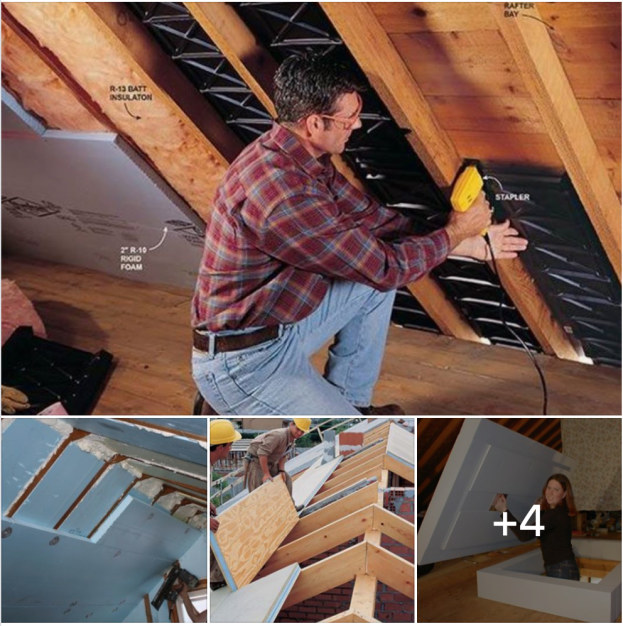Which Solar Power Option Is Best for Your Rural Shed, Cabin or Home in Massachusetts? Off Grid, Grid-Tied or a Hybrid Solar Power Array?

Off Grid, Grid-Tied or Hybrid Solar Power – Which Option Is Best for Your Rural Shed, Cabin or Home in Massachusetts
Woburn, Massachusetts – As energy rates spike and frustrations with local utility companies continue to increase, a growing number of homeowners here in Massachusetts are seeking out ways to become more energy independent. Boston Solar often gets asked if it is possible to go completely off-grid with solar in Massachusetts for remote cabins and off grid properties.
Boston Solar says that installing solar is one of the best investments off-gridders can make for greater energy independence, and consulting with customers on what the best options are for families that are trying to decide exactly how much energy usage they need to offset for 24×7 operation.
For example, will homesteaders reduce their reliance on the power grid significantly by installing a grid-tied solar PV system, or will they want to cut ties to the local utility completely by installing an off-grid system? Or, will you opt for an in-between, hybrid option? We’ll explain what each of these systems means and help you choose which solar system is right for your home.
Which Solar Power Array Configuration is the Best?
One of the most important decisions you will need to make when you invest in residential solar is whether to install a grid-tied, off-grid, or hybrid system and understand what each of these mean. Here is a brief look at the benefits of each option, and what the implications are for your solar panel installation.
Grid-Tied Solar Power Array
Grid-tied solar systems are designed to provide a large percentage of your electricity needs while still allowing you to draw from the power grid as needed. During the day when the sun is shining, your grid-tied system supplies free and clean power for your home. Then, at night, you draw any electricity you need from the power grid.
Grid-tied systems are a popular option here in Massachusetts because they have a lower upfront cost but still offset a significant portion of a household’s electrical needs. Plus, if your solar system generates more electricity than you need during the day, you have the option to “sell” that electricity back to your local utility for credit if your utility participates in net metering.
Off Grid Solar Power Array
If you want to completely cut ties with your local utility company, you must install an off-grid system. Off-grid solar systems have more solar panels, plus a backup generator and enough battery storage to provide 100% of a household’s electricity needs.
Off-grid solar is typically only for properties that do not have access to the utility grid. If you are someone who heavily values energy independence and therefore want to minimize your reliance on the grid but not fully ready to go completely off-grid, you may want to consider a hybrid system.
Hybrid Solar Power Array
If you are looking for something like a hybrid of grid-tied and off-grid solar, you might consider a grid-tied system with a solar battery. This option is similar to an off-grid system in that it features battery storage, but it is not large enough to provide 100% of your electricity needs.
With this option, you can enjoy the greater energy independence that solar-plus-storage offers, without installing quite as large or expensive of a system on your property. Keep in mind, however, that solar batteries are still relatively expensive compared to solar panels.
Want to speak to an off grid solar expert? Call Boston Solar at 617-841-8484.
Read more => https://www.bostonsolar.us/solar-blog-resource-center/blog/off-grid-grid-tied-or-hybrid-which-option-is-best-for-you/
# # #

Robert Hoskins
(512) 627-6622
@OffGridLiving3
Robert Hoskins is a seasoned marketing veteran with a proven track record of helping entrepreneurs, startups, small businesses as well as Fortune 500 corporations launch successful marketing communications campaigns that sell off grid, remote cabin, solar, rainwater harvesting, bushcraft, outdoor adventure, camping, backpacking, tactical prepper gear, tools, products and services that target rural and off grid properties.
On a regular basis, Mr. Hoskins consults with marketing managers, PR contacts and social media specialists as well as websites, portals and ecommerce center that want to launch successful marketing campaigns to an off grid, prepper, and bushcraft target audience that like to prepare for when Shit-Hits-the-Fan situations (SHTF).
Google search “Robert Hoskins Crowdfunding PR” to see why Mr. Hoskins is considered one of the industry’s foremost crowdfunding experts that has amassed a huge social media following, which is dedicated to developing donation-, rewards- and equity-based crowdfunding campaigns to help raise money to introduce innovative new products and services to the marketplace.






